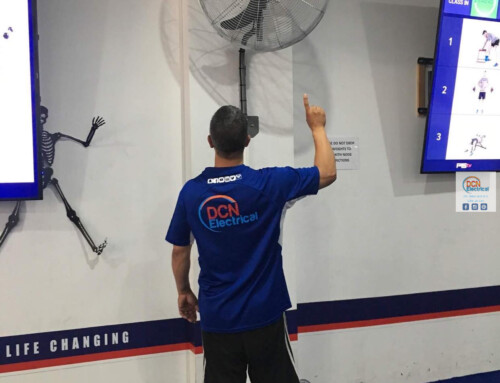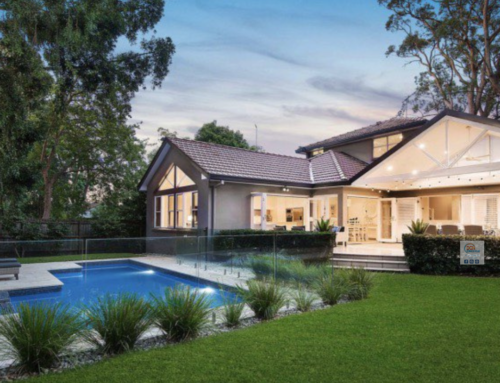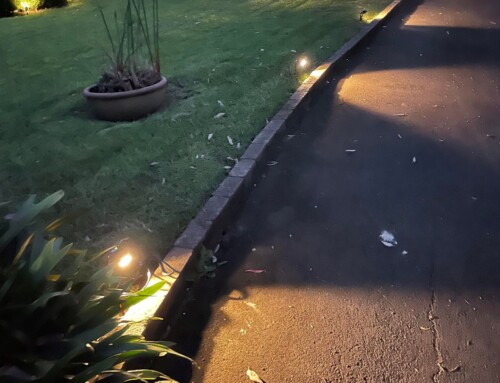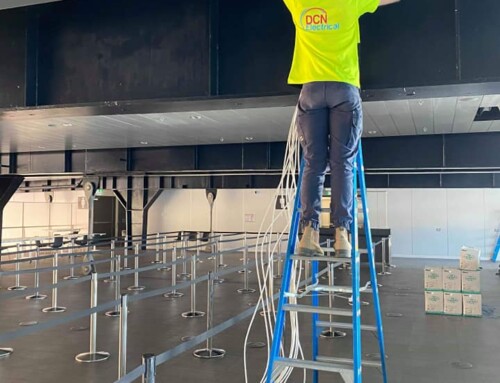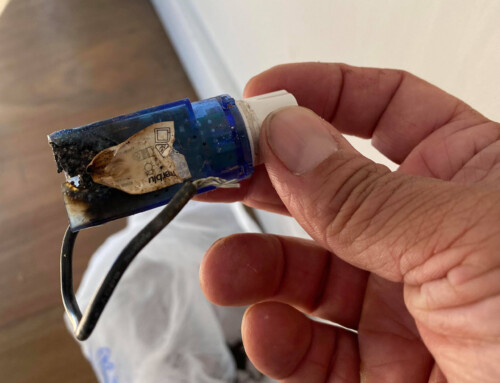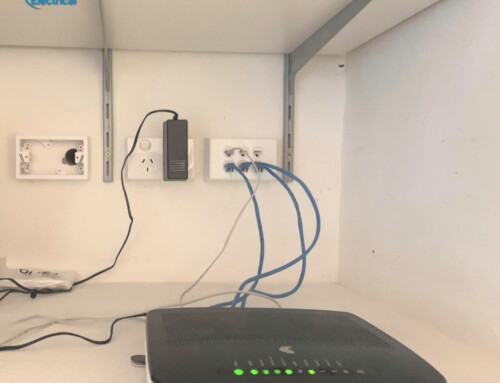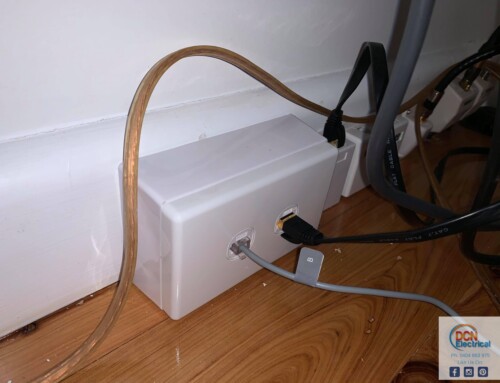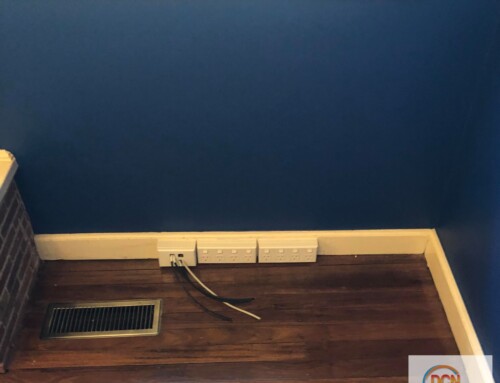Electronics as well as lighting systems are going through a multitude of innovations and inventions that have. As electronics become part of our lives, we search for alternatives and tools that make them as user-friendly and hassle-free as possible. One novel and important innovation is the sunset switches in the lighting system of homes and offices & outdoor premises. They have light sensors that provide efficiency and automaticity in terms of energy consumption and equipment usage. They are not only applicable to lighting systems in houses but are also incorporated in other electronics in cars, cellphones, and other gadgets.
Sunset switches use a light sensor to automatically switch on or off the lights once a degree of daylight drops below the set point of the sensor. It then turns off once it senses a higher level of light during sunrise or during midday. One important aspect on sunset switches nowadays is that it automatically adjusts to seasonal changes. These wonderful tools do not always depend on sunlight but it can also utilize any ray or light present indoors. Furthermore, they are also programmable such that the user can specify a time when to turn on and off the lights. Sunset switches and sensors can be used in every corner of the house. It can be used in the entrance areas of the pathways, garden, on the park landscapes and etc. Sunset switches are readily available in hardwares, lighting shops, electronic shops as well as through online however you will want an electrician to install it for you. Purchase one right now and experience the difference in manual and automatic switching of lights. Guaranteed to enhance convenience, safety, and security once you use sunset switches. In the end, you will also save energy since it is adjusting with the surrounding light conditions.
Light Sensors Types
There are multiple ways to sense light. A list of the type of sensors is shown in the picture below. Moreover, it includes some of the specifications you might expect in using such sensor. Light sensor efficiency is important especially when we talk about response time as well as how dynamic it is in fluctuations and changes in the light level of the surrounding environment.
If choosing yourself, take the time to research the advantages of one from the other and do not look only on the price but also on the flexibility, durability and efficiency of the sensor.
Photo Sensors vs. Radiometers
Light sensors can also be categorized into two main types. Photo sensors measure the light intensity of visible light and sunlight is made up of only 50% visible light. On the other hand, Radiometers measure total solar radiation, including visible, IR and UV light.
It is wise to use photo sensors to sense exterior light, because they are less affected by invisible infrared (IR) and ultraviolet (UV) light. IR and UV are dependent on the moisture or humidity of the atmosphere and cloud cover that is why the sensor level can vary unpredictably in moist weather conditions when IR and UV light are absorbed, but visible light may not be. Sensing visible light only is the best approximation of daylight as seen by the human eye. Thus, photo sensors can already detect if it is already sunset or sunrise.
If you want help or advice on choosing and installing light sensors call DCN electrical and one of our team will help get you informed, discuss you options, quote and arrange for any work that needs to be done.


